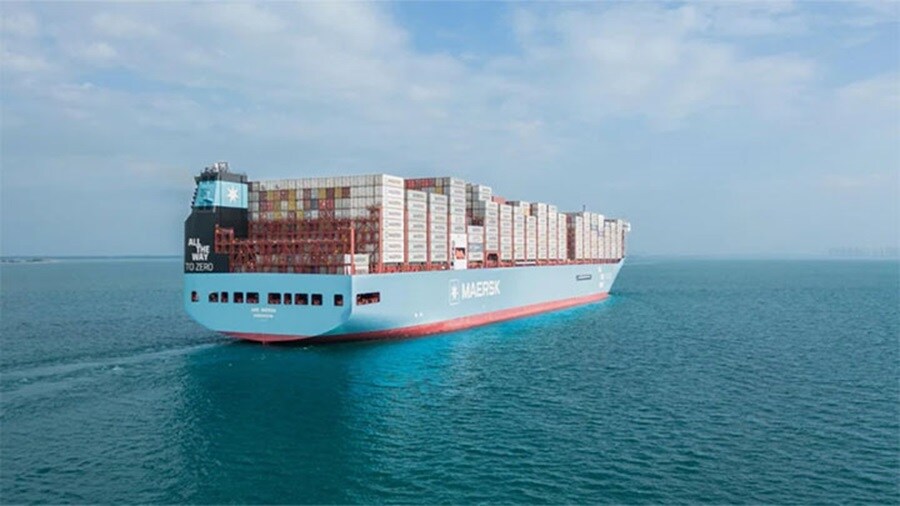In today’s global marketplace, consumers have grown accustomed to the convenience of getting everything instantly. As a result, businesses face mounting pressure to meet customer demands for faster delivery at a lower cost and enhanced resilience to disruption, all the while having to rethink their sustainability practices.
While many companies think of fulfillment, ground transportation, and parcel delivery as the first checkpoint in building supply chain resilience, looking upstream in their supply chain toward seamless connectivity of their ocean and intermodal transportation is equally important. Connecting ocean to land should be the first thing logistics professionals look at to add more resilience and agility to their supply chain.
Why is intermodal transportation so important?
It is estimated that 95% of the world’s manufactured goods undergo intermodal transportation before reaching the end customer. Intermodal can be defined as your container rail and drayage transportation once discharged from an ocean port of call. As reported by Mordor Intelligence, the intermodal market is projected to grow at an annual rate of 8.27% by 2029, with North America holding the largest share of that growth. There are compelling reasons why this space is vital to monitor.
In this overview, we will explore the four key levers customers should consider in shaping their intermodal strategy in North America, effectively adding more resilience and agility to their supply chain:

The bottom line
Looking at ocean and inland transportation together offers businesses many benefits and opportunities to improve their agility and resilience. The most significant four levers include increasing visibility and reliability through data, partnering with a logistics company that has the right coverage and operational control, offering cost-competitive value propositions, and doing so while helping decarbonize their customers’ supply chains. In this context, intermodal transportation becomes an integral part of a broader strategy where businesses can optimize operations, adapt to changing circumstances, and align their practices with sustainable and efficient supply chain management principles.
Speak with a Specialist
Thank you for reaching out!
We’ll get in touch with you shortly.
Please be aware that if you’re new to Maersk, you’ll first receive an email to verify your information before we can reach out.
If you want easy access to our products and services, you can also create an account here:
Get startedWe're sorry, but there was a problem sending your contact request.
Please review the form fields and ensure all required information is provided correctly. If the issue persists, please contact our support team for further assistance.
Speak with a Specialist
Complete the form below, and one of our representatives will get in touch with you shortly. We'll address your questions and help you identify the ideal intermodal solutions to meet your business requirements.
Anything you need, we’re here to help
I agree to receive logistics related news and marketing updates by email, phone, messaging services (e.g. WhatsApp) and other digital platforms, including but not limited to social media (e.g., LinkedIn) from A. P. Moller-Maersk and its affiliated companies (see latest company overview). I understand that I can opt out of such Maersk communications at any time by clicking the unsubscribe link. To see how we use your personal data, please read our Privacy Notification.
By completing this form, you confirm that you agree to the use of your personal data by Maersk as described in our Privacy Notification.

